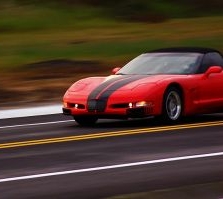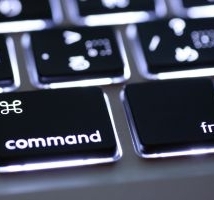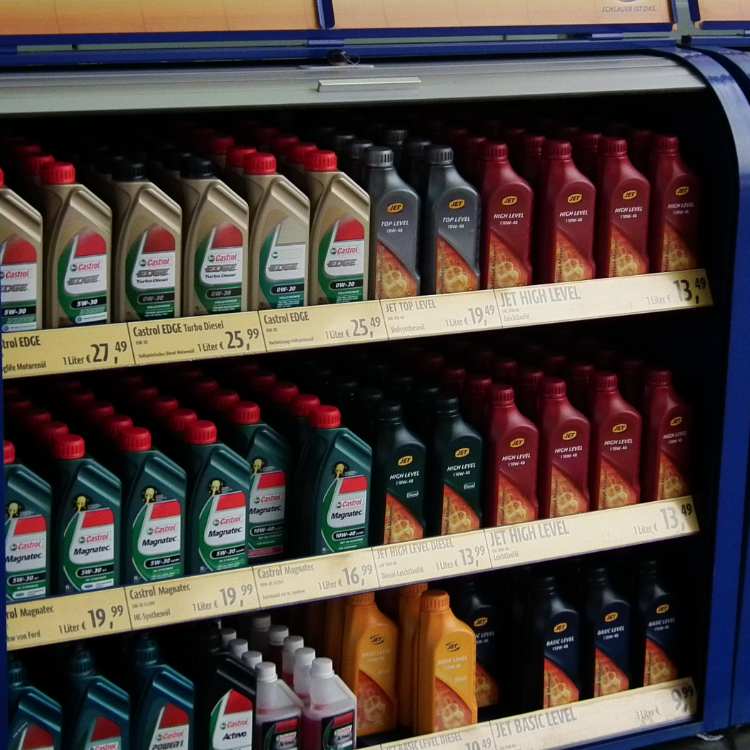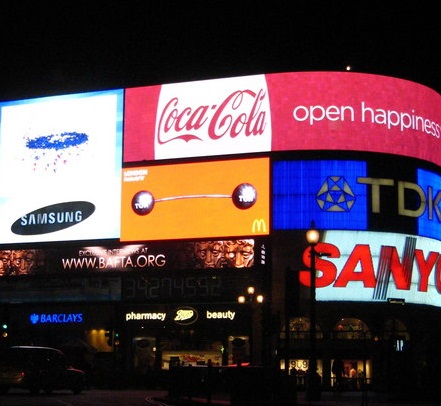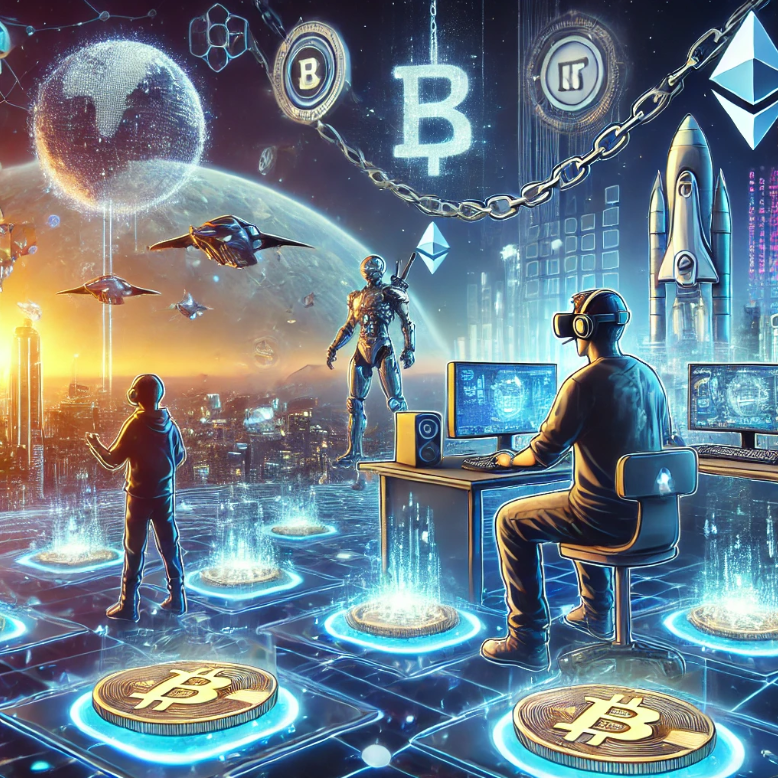The Rise of Intangible Assets in the 21st Century Economy
In the evolving landscape of the 21st-century economy, the definition of value and what makes a company valuable and asset rich have transformed. Traditional notions of assets tied to physical objects or properties have changed and given way to the rise of intangible assets. As we navigate this paradigm shift, understanding what intangible assets are, types of intangible assets, how to value them, how companies have valued them, and their pivotal role in determining a company's worth becomes imperative.
Defining Intangible Assets
As per the International Accounting Standards IAS 38.8, an intangible asset is defined as “an identifiable non-monetary asset without physical substance. An asset is a resource that is controlled by the entity as a result of past events (for example, purchase or self-creation) and from which future economic benefits (inflows of cash or other assets) are expected.” [1] To put this jargon heavy definition in simple terms; an intangible asset is something valuable a company owns, but one cannot touch it like buildings or tools. A good example is when Taylor Swift writes a super popular song. The song itself is an intangible asset for her. Even though one cannot touch the song, it is valuable because it helps her make money through things like streams, concerts, and merchandise in the future.
Examples of Intangible Assets
|
Type of Intangible Asset |
Example |
|
Patented technology, computer software, databases and trade secrets |
iPhone design patent, MS Office, Crunchbase’s investor database, Coca-Cola’s secret recipe |
|
Trademarks, trade dress, newspaper mastheads, and internet domains |
Nike’s Swoosh, Heinz’s signature bottle, Times of India masthead (logo) |
|
Video and audiovisual material (e.g., motion pictures, television programmes) |
The film Avatar and its title, songs by The Beatles |
|
Customer lists |
Like database, Amazon CRM data or Big Bazaar’s list of customers |
|
Licensing, royalty, and standstill agreements |
Nestle (the licensee) agreed to pay Starbucks (the licensor) for exclusive rights to sell Starbucks' products (single-serve coffee, teas, and bagged beans) around the world through Nestle's global distribution network. [2] |
|
Franchise agreements |
Subway and their franchise agreements; McDonald’s and their franchise arrangements |
|
Marketing rights |
Disney Star got the Indian Premier League TV rights for USD 2.82 billion (INR 23,575 crore) and Reliance-backed Viacom18 got the digital rights for USD 2.85 billion (INR 23,758 crore).[3] |
Valuing Intangible Assets
The challenge in valuing intangible assets lies in their intangibility. Unlike physical assets that can be assessed based on market prices, intangible assets require a nuanced approach. Financial analysts often use the cost approach, market approach, and income approach to assign a monetary value to intangibles. In this article we will focus on the income approach and the various valuation methodologies that fall under the income approach.
Four of the more common valuation methods within the income approach for valuing intangible assets are described below [4] :
-
1. Relief from Royalty Method (RRM) - The RRM is often used to value brands, domain names, trademarks, licensed computer software, and in-progress R&D that can be tied to a specific revenue stream and where data on royalty and license fees from other market transactions are available.
-
Example: Based on a Houlihan Lokey report, IPL’s standalone brand value has risen from INR 14,643 crore (USD 1.8 billion) in 2022 to INR 26,659 crore (USD 3.2 billion) in 2023, using relief from royalty method. [5]
2. Multiperiod Excess Earnings Method (MPEEM) - The MPEEM is applied when one asset is the primary driver of a firm’s value and the related cash flows can be isolated from the firm’s overall cash flows. It is an application of the Discounted Cash Flow Method. Early-stage enterprises and technology firms are prime candidates for this approach. Computer software, customer relationships, and franchise agreements are among the assets that frequently generate such cash flows and could be assessed using the MPEEM.
Examples:
-
Cable One used it to value their franchise agreements [6]
-
Icahn Enterprises L.P used it value customer relationships of a company called CVR that they acquired. The fair value of the customer relationships acquired of INR 2,833 crore (USD 340 million) was valued using the multi-period excess earnings method ("MPEEM"), a form of the income approach [7]
-
MaxLinear used it for the valuation of their R&D, technology, and IP [8]
3. With and Without Method (WWM) a.k.a Differential Value Method - The WWM estimates an intangible asset’s value by calculating the difference between two discounted cash-flow models: one that represents the status quo for the business enterprise with the asset in place, and another without it. The WWM is often used to value noncompete agreements.
Example:
-
Universal Stainless & Alloy Products, Inc used the WWM method to account for excess tax benefits recognized as a result of the exercise of employee stock options [9]
-
Super League Inc used the WWM method to value the influencers and content creators during its acquisition of Mobcrush Inc. [10]
4. Real Option Pricing - As Aswath Damoradan noted, “the most difficult intangible assets to value are those that have the potential to create cash flows in the future but do not right now.” These assets have option characteristics that make them suitable to be valued using option pricing models and include undeveloped patent and undeveloped natural resource options, among others.
-
Warren Buffett tells us to not Ignore the Value of Intangible Assets
His annual letter in 1983 notes that: “I was taught to favor tangible assets and to shun businesses whose value depended largely upon economic goodwill. This bias caused me to make many important business mistakes of omission, although relatively few of commission.”
He concedes that he shunned intangible assets like goodwill-based businesses. Finally, it was Berkshire Hathaway’s acquisition of “See’s Candy Stores” that changed his outlook and attitude towards intangibles. When Berkshire bought See’s Candy in 1972, it had a post-tax income of about USD 2 million (INR 1.52 crore) on a net tangible asset base of INR 6.07 crore (USD 8 million). Now, for a shop chain like See’s Candy Stores, a 25% return on assets far exceeded industry expectations at that time. But by 1982 (10 years after the acquisition), See’s Candy had witnessed post-tax profits of USD 13 million (INR 12.30 crore) on USD 20 million (INR 18.92 crore) net tangible asset base. Thanks to intangible assets like the goodwill factor, the return on assets had jumped from 25% to 65% over the decade [11]. The letter also quotes “businesses logically are worth far more than net tangible assets when they can be expected to produce earnings on such assets considerably in excess of market rates of return. The capitalized value of this excess return is economic Goodwill.” [12] This supports a wonderful quote by Warren Buffett – “During inflation, Goodwill is the gift that keeps giving.”
The Era of Asset-Light and Intangible Heavy Companies
In the 21st century, a new breed of companies has emerged—asset-light enterprises that thrive primarily on intangible assets. Examples include tech companies that depend on technologies and patents for their income. 8 of the top 10 companies, (excluding Saudi Arabian Oil and Berkshire Hathaway) are companies that rely on their intangibles to generate revenue. (As on April 15, 2024)
|
# |
Company Name |
Location |
Sector |
Total Assets (USD Bn) |
Total Liabilities (USD Bn) |
Book Value (USD Bn) A |
Market Capitalization (USD Bn) B |
Intangible Value as %age of Market Cap [(B-A)/B)] |
|
1 |
Microsoft Corp |
United States |
Technology |
411.9 [13] |
205.7 [13] |
206.2 |
3130 [14] |
93% |
|
2 |
Apple |
United States |
Technology |
352.5 [15] |
290.4 [15] |
62.1 |
2670 [16] |
98% |
|
3 |
Nvidia |
United States |
Technology |
65.73 [17] |
22.75 [17] |
42.98 |
2150 [18] |
98% |
|
4 |
Saudi Arabian Oil |
Saudi Arabia |
Energy |
660 [19] |
197.5 [19] |
462.5 |
1950 [20] |
76% |
|
5 |
Alphabet Inc |
United States |
Technology |
402.3 [21] |
119 [21] |
283.3 |
1930 [22] |
85% |
|
6 |
Amazon Inc |
United States |
Consumer Discretionary |
527.8 [23] |
325.9 [23] |
201.87 |
1910 [24] |
89% |
|
7 |
Meta Platforms |
United States |
Technology |
229.62 [25] |
76.46 [25] |
153.16 |
1280 [26] |
88% |
|
8 |
Berkshire Hathaway |
United States |
Financials |
1070 [27] |
499.21 [27] |
570.79 |
866.29 [28] |
34% |
|
9 |
Eli Lilly | United States | Pharmaceutical |
64.01 [29] |
53.14 [29] |
10.86 |
713.81 [30] |
98% |
|
10 |
TSMC |
Taiwan |
Technology |
180.26 [31] |
66.77 [31] |
113.49 |
656.01 [32] |
83% |
Note: The formula used for Intangible Value is [(Market Capitalization – Book Value)/Market Capitalization)]
As of 2020, 90% of all assets in the S&P 500 are now intangible. [33]
The table below mentions seven well known acquisitions that took place between 2006 and 2023. The table indicates that the %age of the intangible assets in the companies has increased in recent years.
|
Year |
Acquirer |
Target |
Total Assets (Target) (USD Bn) |
Total Liabilities (Target) (USD Bn) |
Book Value - Total Assets - Total Liabilities (Target) (USD Bn) |
Deal Value (USD Bn) |
Intangible Value as %age of Deal Value |
|
2006 |
Walt Disney |
Pixar |
1.49 [34] |
0.05 [34] |
1.44 |
7.4 [35] |
81% |
|
2015 |
Verizon |
AOL |
3.46 [36] |
1.07 [36] |
2.39 |
9 .0 [37] |
73% |
|
2020 |
AMD |
Xilinx |
5.52 [38] |
2.63 [38] |
2.89 |
35.0 [39] |
92% |
|
2022 |
Amgen |
Horizon Therapeutics |
9.11 [40] |
4.04 [40] |
5.07 |
27.8 [41] |
82% |
|
2022 |
S&P Global |
IHS Markit |
16.91 [42] |
7.42 [42] |
9.49 |
44.0 [43] |
78% |
|
2023 |
Pfizer |
Seagen Inc |
3.67 [44] |
0.87 [44] |
2.8 |
43.0 [45] |
93% |
Conclusion
Intangible assets that were once relegated to the background have now taken center stage. The rise of asset-light companies, the transformation of stock indices, and the changing focus of investors underscore the growing importance of intangible assets in determining a company's value. In this landscape, the emphasis on a company's earnings, cash flows, and multiples reflects a nuanced understanding of value that transcends the traditional dichotomy of tangible and intangible assets. As we navigate this new economic terrain, the wisdom of experts and the experiences of successful investors serve as guiding lights, reminding us that in the end, a company's true worth lies not in its physical possessions, but in its ability to innovate, adapt, and generate sustained earnings.
Conversion rates
- USD 1 = SAR 3.75 as of April 22nd, 2024
- USD 1 = INR 83.31 as of December 6th, 2023
- USD 1 = INR 9.46 (in 1982)
- USD 1 = INR 7.59 (in 1972)
Sources:
